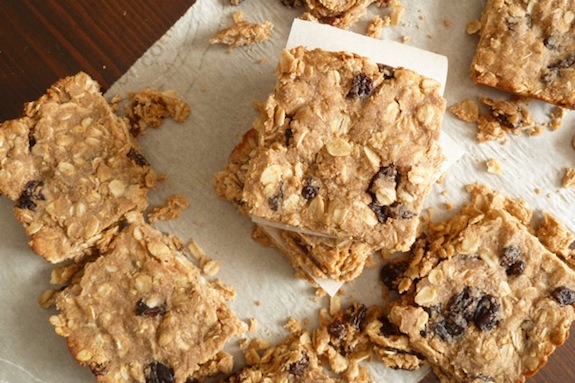Did You Know That Buckwheat Isn’t Actually Wheat?

The word "wheat" usually conjures up one thing: well, wheat. But did you know that buckwheat is actually a fruit seed, not related to wheat at all, and is totally gluten-free?
Yes, it’s true. This pseudograin is often confused for wheat because of its name (a lot of us have made the mistake, too, don't worry). But it’s more related to rhubarb and sorrel than it is to cereal or rice. Although, it does have awesome wheat-like characteristics like being a great porridge or granola ingredient.
We asked a few experts to explain the health benefits of buckwheat and how to cook with it. Think of it as another cool and clean ingredient to your pantry, when you're approaching burnout on steel cut oats and quinoa.
Is buckwheat good for you?
Since buckwheat is gluten-free, it helps to lower cholesterol and stabilize blood sugar, explains Amy Shapiro, RD, unlike rice, wheat, and corn which can cause a spike in your blood sugar levels. “It also contains high-quality protein because it has essential amino acids in it—and is high in manganese, fiber, magnesium, and copper,” says Shapiro, adding that these minerals also help regulate blood sugar.

{{post.sponsorText}}
What can you make with it?
The possibilities are pretty fruitful (pun intended). Ella Woodward, the author of Deliciouslly Ella, loves using buckwheat to make porridge, granola, risotto, and warm winter salads. “It’s an awesome gluten-free superfood that's inexpensive to buy and versatile to use. Buckwheat flour is amazing for baking with, too,” she says.
And what about buckwheat soba noodles?
Buckwheat is also used to make soba noodles, which are used in soups or served chilled. Daruma-Ya, in New York City, makes its yummy noodles with 80 percent buckwheat and 20 percent white flour, so if you have a gluten allergy, or don’t eat gluten, it’s best to check with the restaurant to find out how the soba is made. (Ditto the food label if you buy it at the grocery store.)
“Soba was likely invented in Nepal, but came to Tokyo 200 years ago when those residents became deficient in vitamin B because they only ate white rice. Buckwheat contains a lot of B,” says Daruma-ya’s chef Shuichi Kotani. And it helps you convert carbs into glucose, giving you more energy.
Perhaps a power walk after dinner? —Molly Gallagher
Loading More Posts...